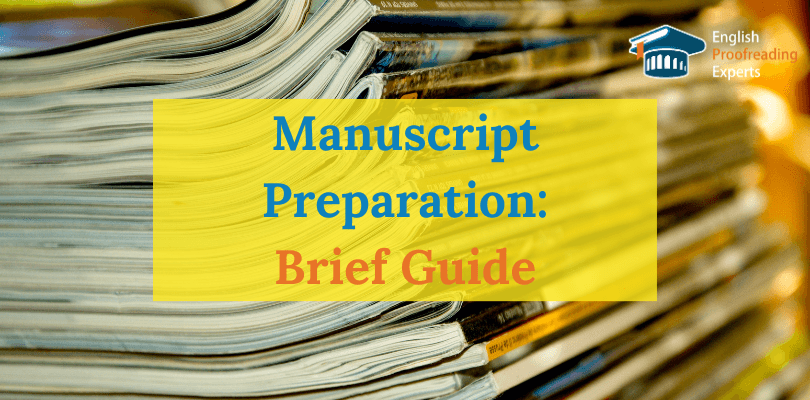Manuscript Preparation: Brief Guide
- January 11, 2024
- Posted by: Yury Subachev, PhD
- Categories: For young scientists, Paper publication
-
Post Views: 523

There are many scientific journals and they have various requirements to a manuscript preparation for publication. However, all they – Springer journals, IOP journals, MDPI, etc. – have the general points. Let’s unravel the essential points for structuring your manuscript to meet the standards embraced by leading journals.
Preparing a manuscript for publication: Manuscript Structure
We’ve already written about the structure of the article in Research Paper IMRAD Structure, and now let’s briefly look at the main points.
Title
Your manuscript’s first impression is its title. Craft it with care, making it concise, informative, and engaging. Utilize relevant keywords to enhance searchability and draw in your target audience.
Author(s) name
Precise type the full names of each author. Don’t forget to indicate a Corresponding author.
Authors affiliations
Carefully indicate the affiliations of each author, providing post addresses and emails.
Abstract
The abstract is your manuscript’s elevator pitch. Condense the core aspects of your research, presenting a snapshot of the problem, methodology, results, and implications. Make it compelling to entice further exploration.
Keywords
Incorporate relevant keywords that encapsulate the essence of your research. This not only aids in search engine optimization but also aligns your work with the right audience.
Main Text of Your Manuscript
Main Text usually consists of the following sections:
Introduction
Set the scientific stage by clearly defining the problem and the significance of your research. Establish a compelling rationale to captivate your readers from the outset.
Materials and Methods/Methodology
Detail the materials used and the methods employed in your research. Clarity and transparency in this section enhance the reproducibility of your work.
Results/Case studies
Present your findings with precision. Employ visual aids such as graphs and tables to elucidate complex data, enhancing reader comprehension.
Discussion
Interpret your results, exploring their implications. Address the significance of your findings and how they contribute to the existing body of knowledge.
Conclusions
Summarize the key takeaways from your research. Emphasize the broader implications and potential avenues for future exploration.
Acknowledgements
Don’t forget to express gratitude to individuals or institutions that supported your research work. This section adds a personal touch to your manuscript.
References
You must follow the requirements specified by a particular journal. Here we’ve written about general Styles of formatting in-text references with examples in APA, MLA, Harvard, Chicago and Vancouver formats.
English Language
Use only British or American English, not mixture. We can help you to improve your paper with English Proofreading Service.
Common Checklist for Submission
The title page should contain the full title, name of the author/co-authors, affiliations, post address and email for the correspondence.
1. Abstract in structured format up to 250 words.
2. Follow the IMRAD Structure.
3. Tables and figures should be numbered and have their captions.
4. References are mentioned as stated in the Instruction section on the journal’s website.
Conclusion
Navigating the intricacies of manuscript preparation is a vital step toward publication success. By adhering to these general points, you’ll not only meet the standards of renowned journals but also enhance the visibility and impact of your research.
Prepare your manuscript with precision, and watch your work flourish in the world of academic publishing.
How useful was this post?
Click on a star to rate it!
Average rating 5 / 5. Vote count: 11
No votes so far! Be the first to rate this post.
